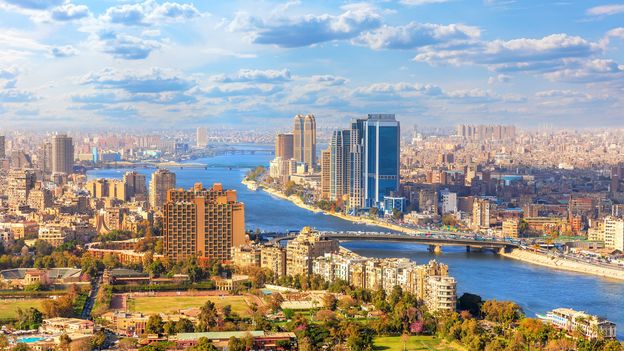A shipwreck worth billions off the coast of Cartagena
(Image credit: Luiz Ribeiro/Alamy)
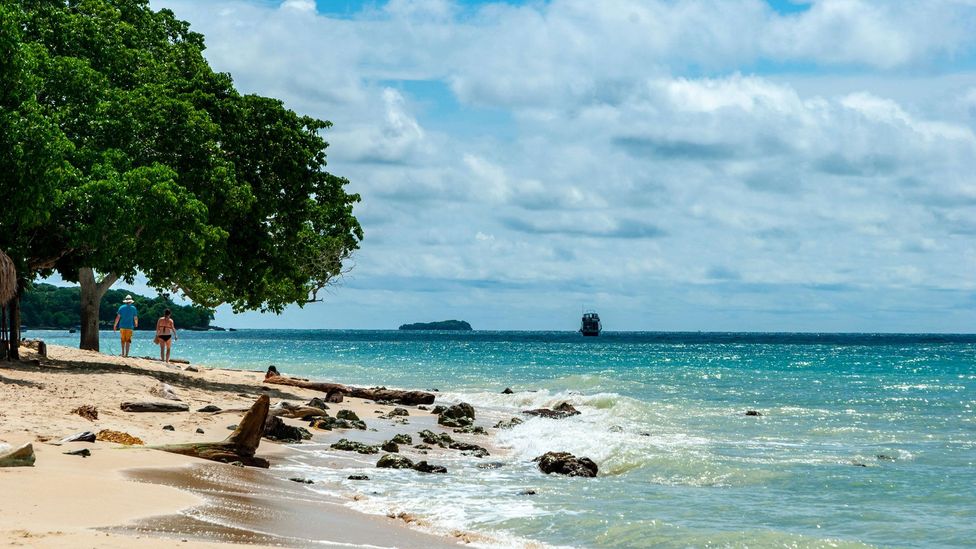
For centuries, the San José galleon lay lost on the ocean floor, but now it’s at the centre of a custody dispute, with several parties all staking claim to its riches.
(This year, we published many inspiring and amazing stories that made us fall in love with the world – and this is one our favourites. Click here for the full list).
It was on 8 June 1708 that Spanish galleon San José erupted into flames off the coast of Cartagena, Colombia. The ship had been at battle with the British since late afternoon, and by night, the 62-cannon galleon had disappeared into the Caribbean Sea. With it, sunk nearly 600 people and up to $20bn worth of gold, silver and jewels.
For centuries, the San José galleon lay lost on the ocean floor. But the mystery surrounding the ship began to unravel in 2015, when the Colombian government announced it had officially been found. Four years later, the galleon is still 600m deep in Colombian waters. Now, it’s at the centre of a custody dispute among parties all staking claim to the San José’s riches.
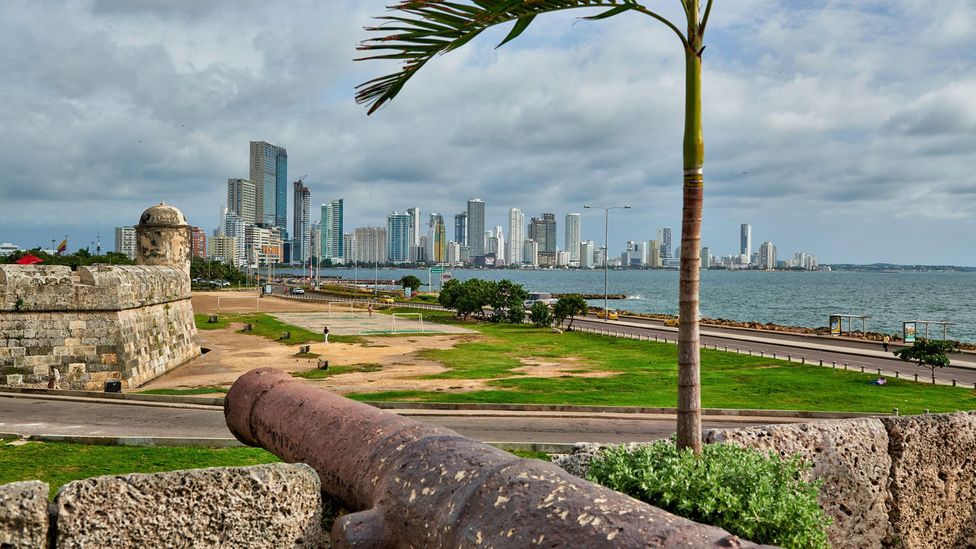
In 1708, Spanish galleon San José sank off the coast of Cartagena, Colombia, while carrying up to $20bn worth of gold, silver and jewels (Credit: travel4pictures/Alamy)
The Colombian government hasn’t revealed the exact location of the famed galleon, which is often called the “holy grail” of shipwrecks. But the San José is said to be located close to the Rosario Islands, a tropical archipelago and national park 40km from Cartagena. Throngs of small motorboats zoom over the waters as they transport beach-going tourists to the islands each day. While being carried across the sea, it’s difficult not to imagine the San José and its treasure, somewhere out there below.
You may also be interested in:
• The slave ship hidden for 200 years
• Israel’s ancient underwater treasure
• An epic search for Russia’s lost gold
In fact, the real-life treasure ship has long been the subject of fascination. Nobel prize-winning author Gabriel García Márquez wrote about the galleon in Love in The Time of Cholera; the novel’s main character, Florentino Ariza, planned to dive down and retrieve the San José’s riches for his lifelong love.
“The Caribbean is very magical,” said Bibiana Rojas Mejía, a traveller I spoke to from Bogota who spent the day at the beach with her family on Isla Grande, the largest of the islands. “This is the magical realism that exists in our country. We don’t know how much [treasure] is actually in the San José galleon. It could all be a great legend.”
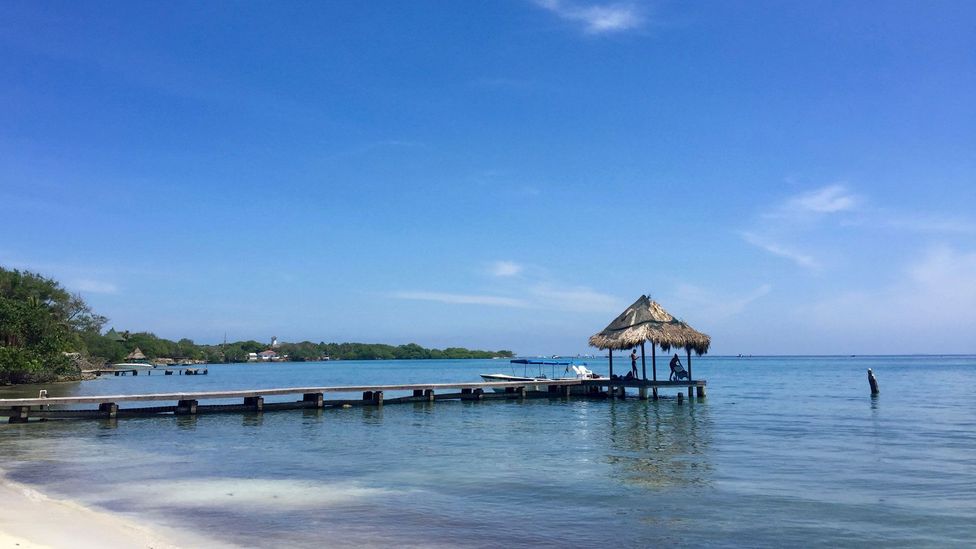
The San José is said to be located close to the Rosario Islands, a tropical archipelago and national park 40km from Cartagena (Credit: Victoria Stunt)
The San José galleon left Panama’s port city of Portobelo in late May 1708. It was laden with gold, silver and precious stones extracted from what was then Spanish-controlled Peru, which have been estimated to be worth between $10bn and $20bn today. The riches were destined for King Philip V of Spain, who relied on resources from his colonies to finance the War of the Spanish Succession.
The galleon’s captain, Jose Fernandez de Santillan, knew that the British, who were involved in the war, might have ships waiting to attack in Cartagena; the city was only meant to be a quick stop to repair the San José before its longer journey to Havana, Cuba, and then on to Spain. But the captain pushed forward anyway. And by the evening of 8 June, a battle for the San José’s treasure had begun. The British Navy – armed with pistols, swords and knives – tried three times to board the galleon and take it as their own, said Gonzalo Zuñiga, a curator at the Naval Museum of the Caribbean in Cartagena.
“The San José was winning the battle,” explained Zuñiga. “But… we don’t know what condition the San José was in during its last [moments].” The galleon could have lost a sail, he said, or the passengers could have revolted against the captain – most were civilians and weren’t under anybody’s orders.
However, it’s undeniable that neither side wanted the galleon and its treasures to sink. Zuñiga’s theory is that instead of surrendering the San José and returning to Spain empty-handed, its captain could have ignited the gunpowder on the ship and exploded the galleon himself.
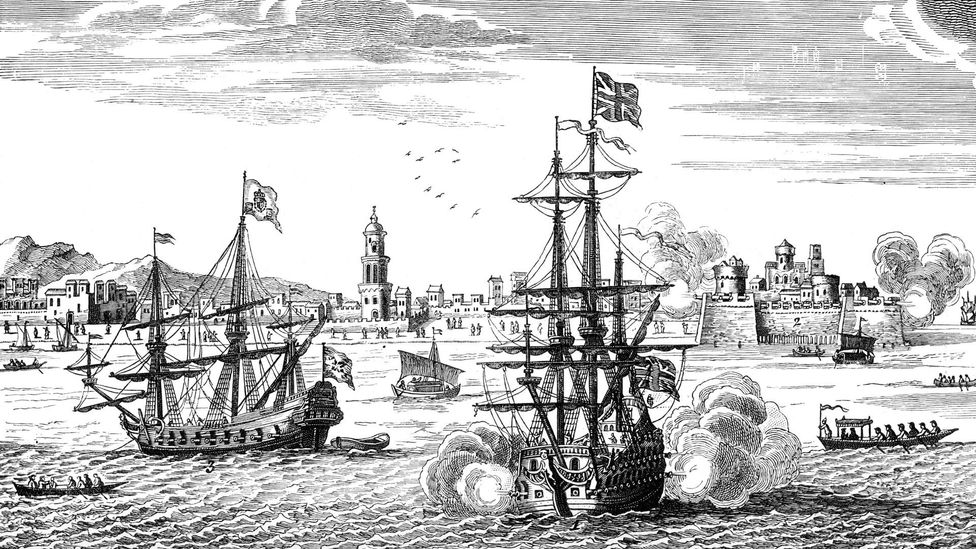
The San José (not pictured) was attacked by the British Navy while making a stop in Cartagena for repairs (Credit: Timewatch Images/Alamy)
On 27 November 2015, the San José was “officially” discovered by a robotic submarine called the REMUS 6000, which is operated by the US-based Woods Hole Oceanographic Institution. The nearly 4m-long underwater autonomous vehicle can explore up to 6km below the sea’s surface, and was able to descend just 9m above the San José to snap photos of the galleon – as well as its bronze, dolphin-engraved cannons, which were what helped researchers to distinguish the San José.
“The San José galleon is an epicentre of information about colonial [history],” said the director of the Colombian Institute of Anthropology and History, Ernesto Montenegro. “It’s representative of almost 300 years of colonial [history] from Europe, and particularly from Spain, about the American territory.”
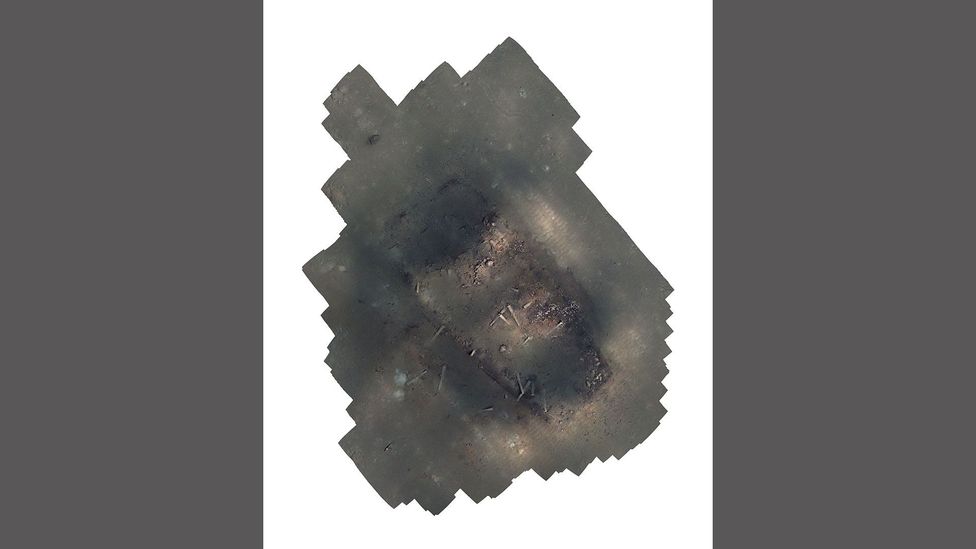
On 27 November 2015, the San José was “officially” discovered by a robotic submarine called the REMUS 6000 (Credit: Courtesy of ICANH)
There are an estimated 1,000 ships sunk off the coast of Colombia, waiting to be discovered. But despite the San José galleon being found in Colombian waters, there’s no guarantee it will stay within its borders. Spain has shown interest in claiming part of the galleon, as has the Bolivian indigenous nation Qhara Qhara whose land (once part of the Viceroyalty of Peru) the San José’s riches were extracted from.
Moreover, the San José has been entangled in legal battles for nearly 40 years. American salvage company Sea Search Armada (SSA) stated they’d found the ship in the early 1980s and claimed 50% of its contents, which SSA says was an agreement with Colombia at the time – and which the Supreme Court of Colombia ruled in favour of in 2007.
Former Colombian President Juan Manuel Santos didn’t credit SSA when he announced Colombia had found the galleon in 2015. Colombian Vice President Marta Lucía Ramírez said in a statement in June that “Sea Search Armada has no right over the San José galleon or its contents” because the coordinates where they claim to have found the galleon don’t match its actual location. The case is still in a Colombian superior court.
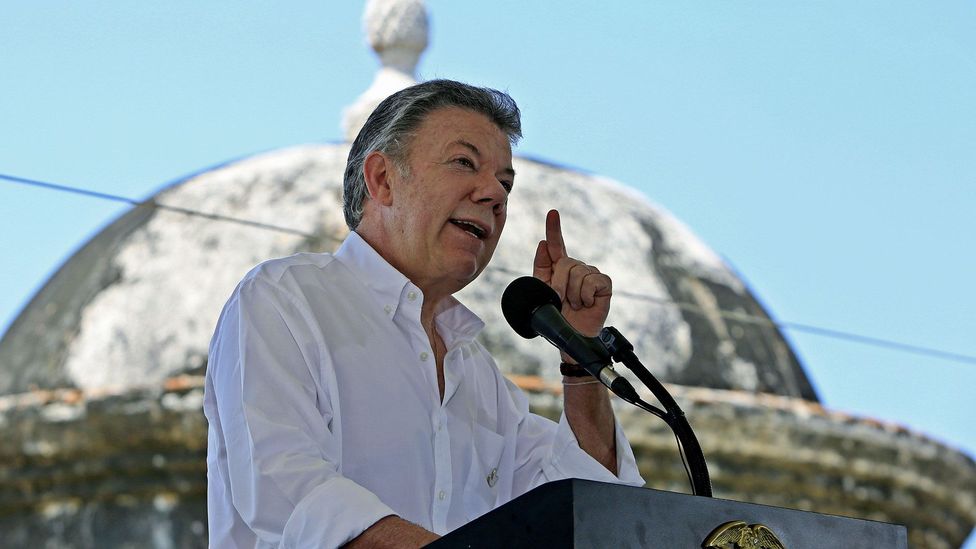
Former Colombian President Juan Manuel Santos: “The San José galleon… is one of the greatest finds of history” (Credit: EFE News Agency/Alamy)
This year, the government has also held off on signing a contract with another private company to extract the San José galleon. As of now, Maritime Archaeology Consultants (MAC), who participated in the 2015 search, is the only contender. Partnering with a private salvage firm could once again divide the San José’s contents and reward them up to 45% of its contents – that is, those not classified under cultural heritage, items that still need to be determined by Colombia.
This would be a worst-case scenario for historian and author Francisco Muñoz, who is an expert on the San José. “Humanity has the indisputable right to get to know the [San José galleon], and get to know it completely. Colombia needs to serve as a worthy custodian.”
That would mean opening a museum in Cartagena to display the galleon’s riches in full, said Muñoz – something the government has also suggested. “Who wouldn’t visit this unique exhibit?” he said. “Visitors would be absorbed and obsessed with the stories the [San José galleon] would tell.”
In 2018, former president Santos wrote on Twitter, “The San José galleon, sunken in national waters, is one of the greatest finds of history. With the law of submerged cultural heritage, we can recover it.” He ended the tweet with the hashtag #NuestraCulturaElMejorLegado, which translates to “Our Culture, the Best Legacy”.

Because of an ongoing custody dispute, the San José remains at the bottom of the sea (Credit: Luiz Ribeiro/Alamy)
Still, say experts, it’s a project that can’t be rushed.
“[The ship] has been submerged for 300 years, and this guarantees the right to conservation,” said underwater archaeologist Juan Guillermo Martín. “If we don’t have the conditions right now in Colombia to assume the rescue… it makes no sense to do it. It’s a fundamental principle of responsibility for Colombian heritage, but also for humanity.”
Until the San José is rescued, a museum for Cartagena residents and visitors to enjoy is a long way off. And, Colombians still haven’t won the guarantee for this prized ship to stay within their borders. For now, visitors to Cartagena and the Rosario Islands still have the opportunity to look out far into the sea, and picture the galleon as it remains today: nestled on the ocean floor and still guarding its riches.
Sunken Civilisation is a BBC Travel series that explores mythical underwater worlds that seem too fantastical to exist today but are astonishingly real.
Join more than three million BBC Travel fans by liking us on Facebook, or follow us on Twitter and Instagram.
If you liked this story, sign up for the weekly bbc.com features newsletter called “The Essential List”. A handpicked selection of stories from BBC Future, Culture, Worklife and Travel, delivered to your inbox every Friday.






